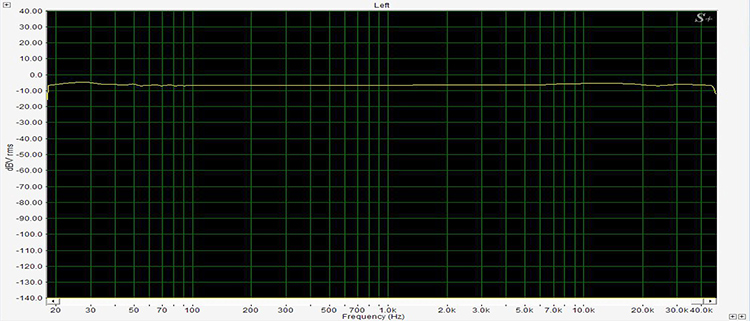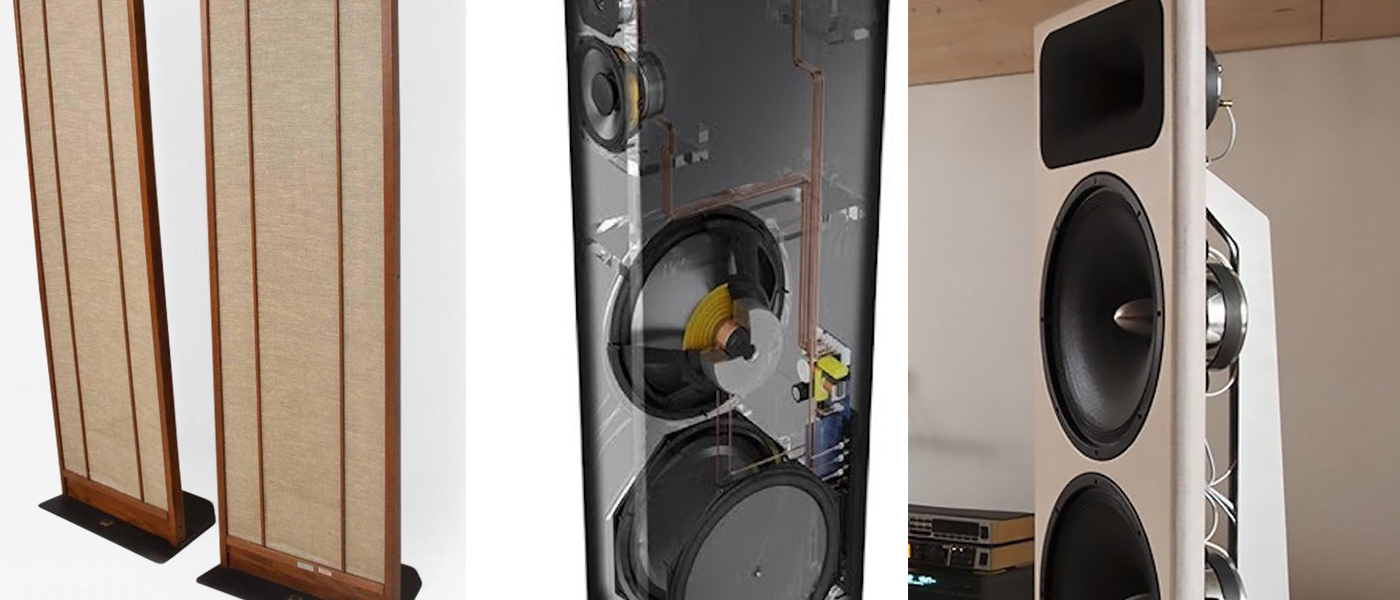
Let’s specifically discuss young people – for the purpose of argument, those under 40 years of age for women and 30 years of age for men, and assuming that none have been exposed to excessive noise including gunfire, concert-volume entertainment, loud motorcycle or auto engines, high-volume headphones, boom-box cars or work in noisy environments. Now that we’ve eliminated practically EVERYBODY, let’s talk about hearing.

A young person with normal hearing should be able to hear 20,000Hz. Some may hear slightly higher frequencies, some slightly lower. But the agreed-upon medical norm is that 20kHz is the upper limit of young and healthy ears. In theory, young people would be able to hear the difference between a music system that could reproduce 20,000Hz and another that could only reproduce 10,000.
Secrets Sponsor
But an individual’s high-frequency hearing declines with age and with use. How much and how fast depends on a plethora of things that we have no control over including genetics, age, and disease (some of which can affect hearing permanently). Hearing loss also declines due to many things that we DO have control over. These include loud noise exposures, use of personal protective equipment when in the presence of loud noises, and choices of what volumes we choose to hear our music.
One way to evaluate your own hearing is to visit an occupational health company and pay (usually $25 to $40) for an audiogram. You’ll sit in a soundproof booth with headphones on while a series of tones are played at equal volumes. When you hear a tone, you’ll press the button in the booth. When done, you’ll be presented with a graph showing what frequencies you can hear (and which you can’t).
Such audiograms are required on an annual basis by Federal Law for employees who work in noisy environments. And in fact, the managers of such environments are required to provide their employees with free hearing protection equipment of sufficient noise-reduction-rating that the employees’ eight-hour, time-weighted-average exposure is below specific limits. Should the protective equipment be insufficient, then the employers must use engineering controls to reduce the noise level.
Secrets Sponsor
In some cases, though, where noise levels exceed 110dBA, protective equipment for the ears such as earplugs and/or earmuffs becomes ineffective since there is just as much noise received through bone-conduction as there is through the actual eardrums. Consider that when listening to boom-box cars whose sound pressure levels can approach 115dB or higher!
So back to your audio system – Does anyone need a system that will reproduce 20kHz? I’d argue that no – there is no real “need” to have extended treble response – unless you can hear it! For young audio enthusiasts whose ears are still pristine, having a system that can reproduce 20kHz may be worth the money. But before paying a lot of additional money for such a system, it would be worth the small additional investment to evaluate with an audiogram whether you can actually hear 20,000Hz, or whether you just THINK you can.
With many current digital systems and current loudspeakers, true 20kHz reproduction is available inexpensively. And if the gear you like has 20kHz reproduction, it certainly won’t hurt anything, even if you can’t hear it. But it probably shouldn’t be anything to worry about or anything that you’d want to pay significantly extra for.


